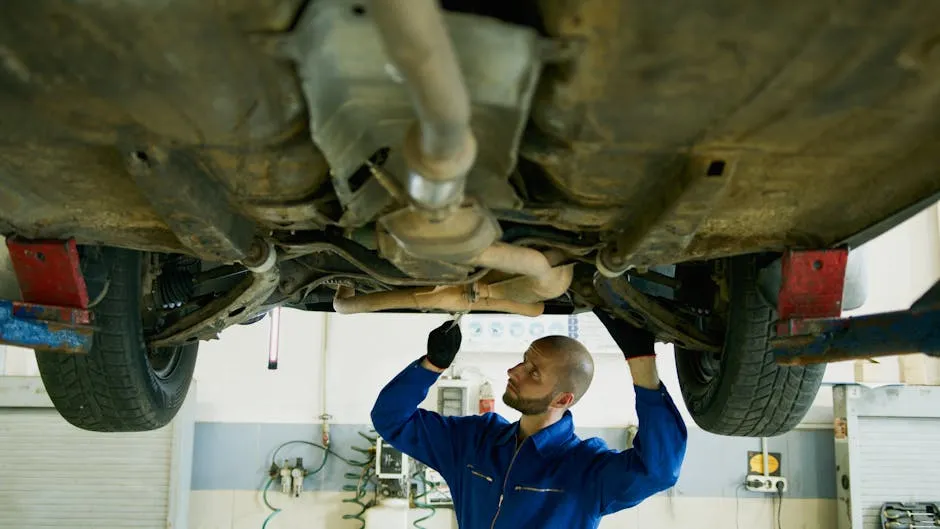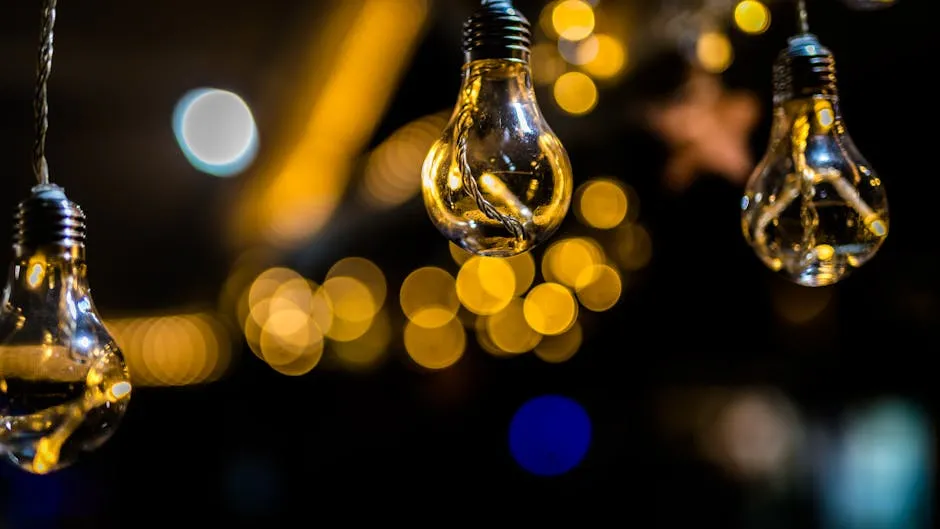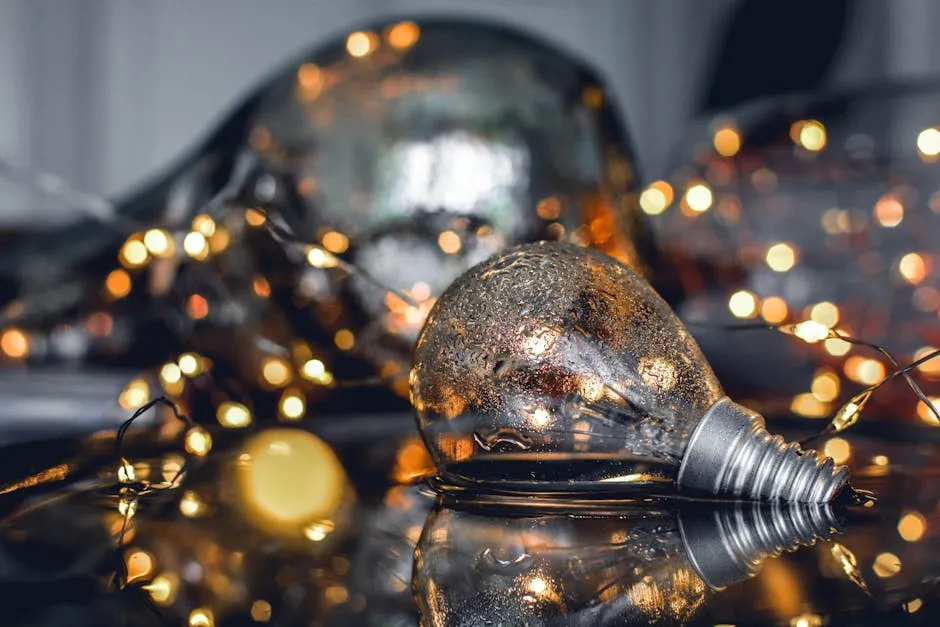
Why Should We Never Touch Car Bulbs?
Introduction
You may have heard not to touch car bulbs. This advice is essential for keeping your vehicle’s lighting system in top shape. Understanding why this guideline exists can save you headaches down the road. Touching bulbs can lead to harmful effects that compromise their performance and lifespan.
Speaking of maintaining your car, have you checked your Car Maintenance Manual lately? It’s a lifesaver when it comes to understanding the ins and outs of your vehicle. Plus, you can impress your friends with your newfound car knowledge!

Summary and Overview
Touching car bulbs is discouraged for several reasons. First, oils and dirt from your fingers can create hot spots on the glass. These hot spots lead to uneven heating, which can shorten the bulb’s life. Halogen, HID, and even some LED bulbs are particularly sensitive to this issue.
Halogen bulbs can suffer significant damage from just a fingerprint. HID bulbs can lose brightness and lifespan due to similar contamination. While LEDs are more durable, they still require careful handling. Always handle bulbs by their bases and avoid direct contact with the glass. This practice ensures optimal performance and longevity for your vehicle’s lighting system.
To ensure you’re always prepared for a bulb replacement, consider investing in an Automotive Repair Toolkit. These kits come equipped with everything you need to tackle basic repairs like a pro. Who knew being a mechanic could be this easy?

The Science Behind Bulb Failures Due to Touch
Understanding Bulb Composition and Operation
Car bulbs come in various types, including halogen, HID, and LED. Each type has unique materials and operates under different conditions. Halogen bulbs use quartz glass, which can withstand high temperatures, often exceeding 1,000°C. These bulbs create light through a tungsten filament heated until it glows. HID bulbs, on the other hand, contain gases that ignite when electrified, producing a bright light. LED bulbs utilize semiconductors, which emit light when current passes through them. Despite their differences, all bulbs generate heat during operation, making temperature management crucial for their longevity.
And if you ever find yourself in a pinch, you’ll want to have a reliable LED Flashlight handy. You never know when you might need a little extra light to find that pesky bulb in the dark!
How Skin Oils Impact Bulb Performance
When you touch a bulb, oils from your skin transfer onto the glass surface. These oils create hot spots when the bulb is illuminated. As the bulb heats up, these spots can cause uneven heating. This unevenness stresses the glass and may lead to cracks or even bursts. Additionally, the chemical reactions between the oils and the glass can degrade its integrity over time. In halogen bulbs, this issue is especially pronounced, as the glass gets hotter than in other types. Such contamination can significantly shorten the lifespan of your car’s lighting system. Always handle bulbs carefully to avoid these issues.
Evidence and Anecdotes of Bulb Failures
Statistics show that improper handling of car bulbs can increase failure rates by up to 50%. That’s a significant number! Many users have shared their experiences on automotive forums, reinforcing this point. One forum member recounted replacing a halogen bulb only to discover it failed shortly after installation. They realized their fingerprints had likely caused the issue. Another user noted their halogen bulb cracked after being touched. They attributed this to the uneven heating caused by oils left on the glass.
In discussions, many drivers warned against touching bulbs, citing instances where minor contact led to costly replacements. These anecdotes highlight the importance of following guidelines when handling bulbs. Even a simple mistake can lead to a frustrating and expensive experience, so let’s take care to avoid this!

Types of Car Bulbs and Their Vulnerabilities
Halogen Bulbs
Halogen bulbs are common in many vehicles, known for their bright light and affordability. However, these bulbs are particularly vulnerable to oils and dirt. When you touch a halogen bulb, the natural oils from your skin can create hot spots on the glass. This occurs because halogen bulbs operate at high temperatures, sometimes exceeding 1,000°C.
The glass in halogen bulbs is designed to withstand these conditions, but any contamination can disrupt their performance. The oils can cause localized heating, leading to premature failure or even breakage. This sensitivity makes it crucial to handle halogen bulbs with care. Always use gloves or a cloth to avoid direct contact, ensuring the longevity of your vehicle’s lighting system. Your careful handling can help maintain optimal performance and safety on the road.
If you’re looking for a reliable replacement, check out the Halogen Car Bulb Replacement. It’s a great way to ensure you have a bright and safe driving experience!

HID (High-Intensity Discharge) Bulbs
HID bulbs work by igniting gas to produce bright light. This process requires high voltage and generates significant heat. When you touch these bulbs, you transfer oils from your skin onto the glass. These oils can create hot spots during operation.
Consequently, these hot spots lead to uneven heating. Over time, this can cause the bulb to dim or fail prematurely. In some cases, improper handling may even result in the bulb bursting. To maintain their performance, it’s crucial to avoid direct contact with HID bulbs. If you need a replacement, consider looking for HID Car Bulb Replacement options to keep your headlights shining bright!

LED Bulbs
LED bulbs are generally more robust than other types. They last longer and handle heat better. However, they aren’t immune to contamination. Even minimal dirt or oils can impact their efficiency.
When handling LED bulbs, it’s essential to be cautious. Always grip LEDs by their bases or connectors. Avoid touching the actual light-emitting surface. This practice helps prevent any potential issues and ensures your bulbs perform optimally. If you’re thinking about upgrading, check out the LED Car Bulb Replacement for a brighter, more efficient ride!

Best Practices for Handling Car Bulbs
Recommended Handling Techniques
When installing car bulbs, use clean gloves or a lint-free cloth. This simple step prevents oils from your skin from contaminating the bulbs. Always avoid touching the glass portion of any bulb, regardless of type.
Instead, focus on handling the metal base. This technique minimizes the risk of damage and ensures longevity for each bulb. By adopting these practices, you can enjoy safe and effective lighting in your vehicle. And while you’re at it, why not stock up on Lint-Free Cloths? They are perfect for keeping your bulbs clean and streak-free!

Cleaning Contaminated Bulbs
If you’ve accidentally touched a car bulb, cleaning it is essential. Start by allowing the bulb to cool completely. Then, grab a lint-free cloth and some Isopropyl Alcohol for Cleaning. Dampen the cloth with the alcohol and gently wipe the glass surface. This method removes oils and dirt without scratching the bulb.
Avoid using paper towels, as they can leave fibers behind. If the bulb is heavily contaminated, repeat the cleaning process. Always handle the bulb by its base after cleaning to prevent re-contamination. Taking these steps helps maintain the bulb’s performance and extends its lifespan.

Safe Storage of Bulbs
Proper storage of car bulbs is crucial to prevent contamination. Always store bulbs in their original packaging. This packaging protects them from dust and accidental contact that could leave oils on the glass.
If you don’t have the original packaging, use a clean, dry container. Avoid stacking bulbs on top of each other, as this can cause damage. Keeping bulbs in a cool, dry place also helps maintain their integrity. Remember, safe storage ensures that your bulbs are ready for use without the risk of contamination. You might also want to invest in a Car Bulb Storage Case to keep everything organized!

Safety Risks of Improper Handling
Reduced Visibility and Increased Accident Risks
Improper handling of car bulbs can lead to serious visibility issues. When bulbs are touched, oils can create hot spots that cause them to fail. This failure often results in dim lighting or complete darkness. Statistics show that about 12% of all auto accidents are linked to defective lighting. Ensuring your bulbs are in optimal condition is vital for safety on the road.
For added peace of mind, consider keeping a Car Emergency Kit in your vehicle. It’s always better to be prepared for any situation!

Electrical Damage and Cost Implications
Improperly handled bulbs can lead to significant electrical issues. Oils from your fingers can cause short circuits, leading to costly repairs. Replacing a single bulb may seem minor, but electrical damage can escalate quickly. Repair costs can add up to hundreds of dollars, especially if the issue affects the vehicle’s electrical system. Being cautious with bulb handling can save you money and prevent headaches in the long run.
Conclusion
In summary, never touching car bulbs with bare hands is crucial. This simple practice can prevent contamination and ensure your bulbs last longer. Adopt best practices for handling and storing bulbs to maintain their performance and safety. For more information on why you should never touch car bulbs, be sure to check out this article on why should we never touch car bulbs.
Please let us know what you think about our content by leaving a comment down below!
Thank you for reading till here 🙂
Understanding the importance of handling car bulbs properly can prevent costly mistakes. why should we never touch car bulbs
All images from Pexels




